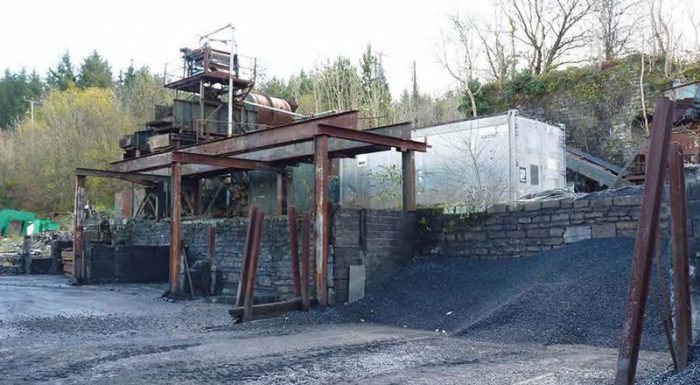A Heritage Statement was prepared in advance of proposed development at the Forge Washery site, Lower Brynamman, as part of an Archaeological Assessment and associated Site Visit. Visible archaeological remains at the site consisted of a Grade II Listed charging bank and a possible boiler house wall, a length of walling to its north, and surface wall remnants between the two, all of which formed part of either a 19th century ironworks or a subsequent early 20th century brickworks. Several areas of significant archaeological potential had been previously identified at the site.
The detailed archaeological study of the complex, in combination with extensive discussions with the development team, helped in the formulation and implementation of a redevelopment proposal that preserved specific historic elements of the extant remains within the competed design. The Heritage Statement concluded that when considering the long-term survival of the archaeological resource, the proposed development was more beneficial than maintaining the existing arrangement, whereby the surviving remains were being allowed to slowly degrade and fall into ruin. As an addition benefit, the proposal had the potential to open up public access to important Grade II Listed elements of the original ironworks.
Subsequent work at the site included the excavation of targeted Evaluation Trenches within parts of the development area and watching brief monitoring during initial groundworks. Some of the historic remains at the site were protected by building up the ground level, while other standing remains were consolidated and incorporated into the final design.
The works undertaken at the site represent a classic example of the mutual benefits that can result from close co-operation between a developer and an experienced archaeologist, where discussions start at an early stage in the planning process. Costs and potential delays to the develop program were minimised, while the preservation of standing historic remains and the improvement of access was to the benefit of all those with an interest in the industrial heritage of the area.



